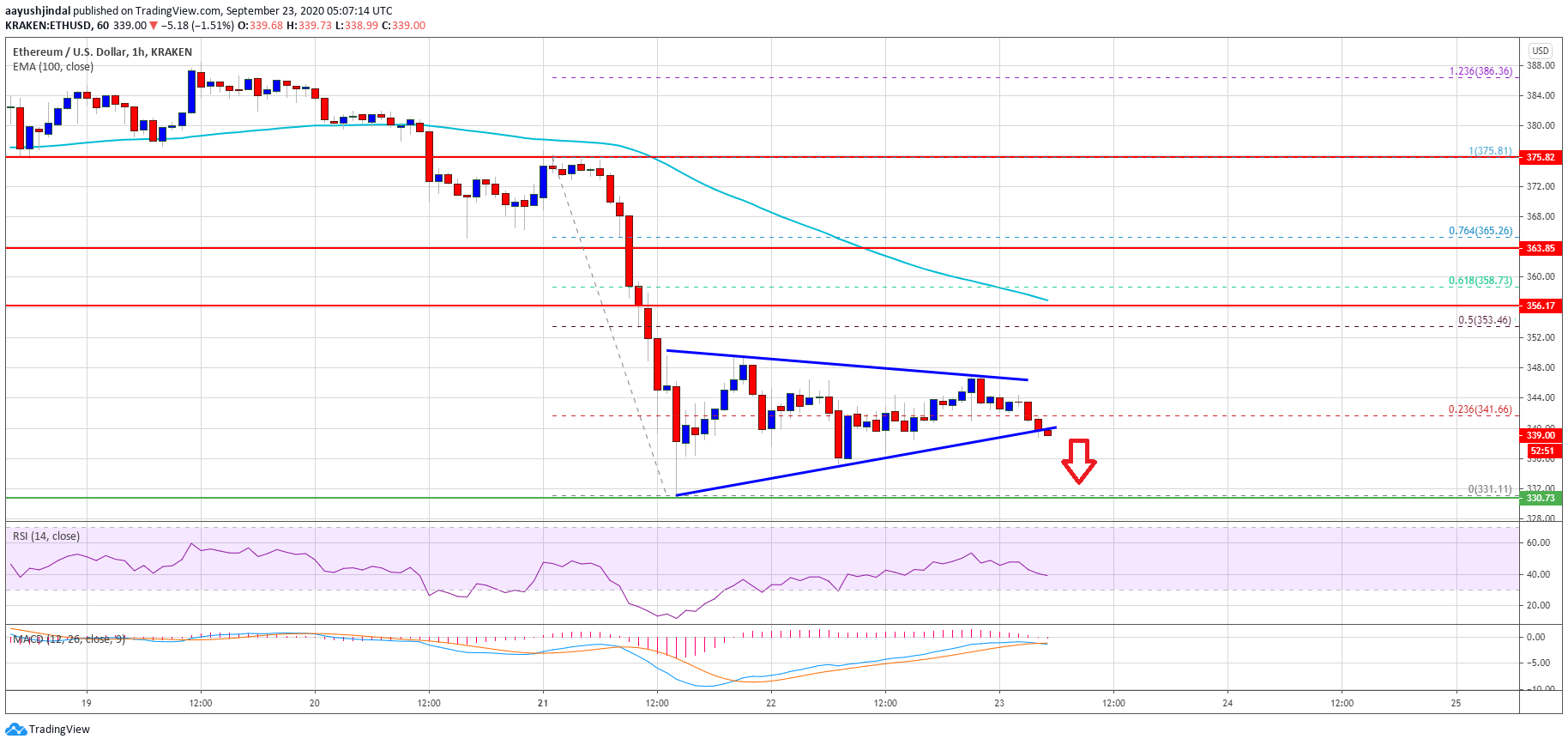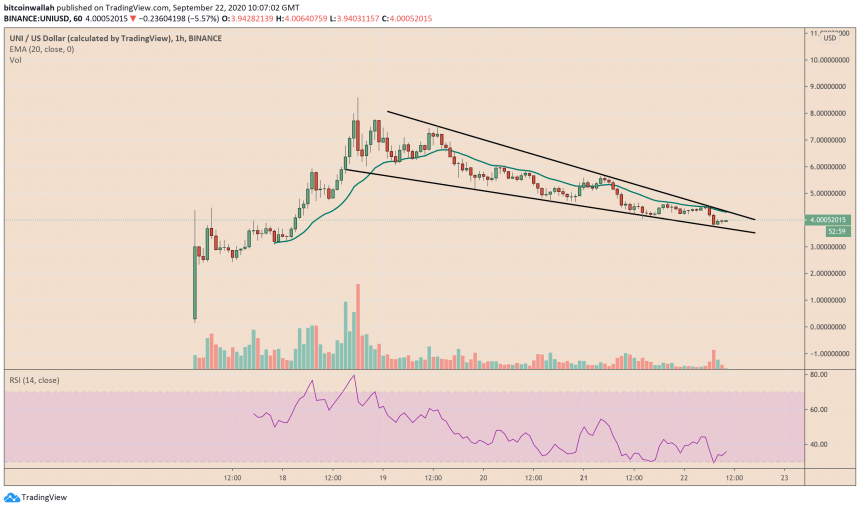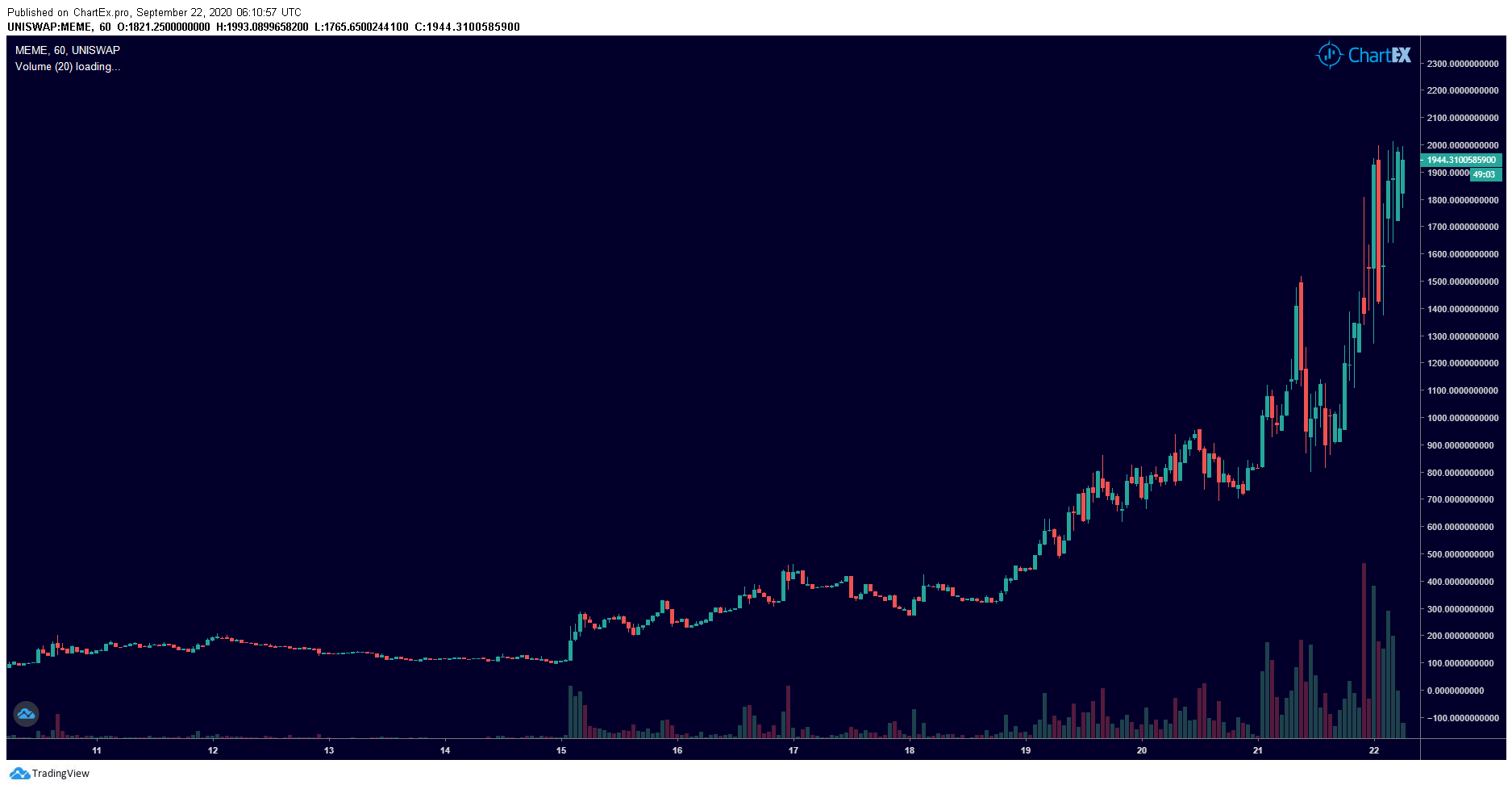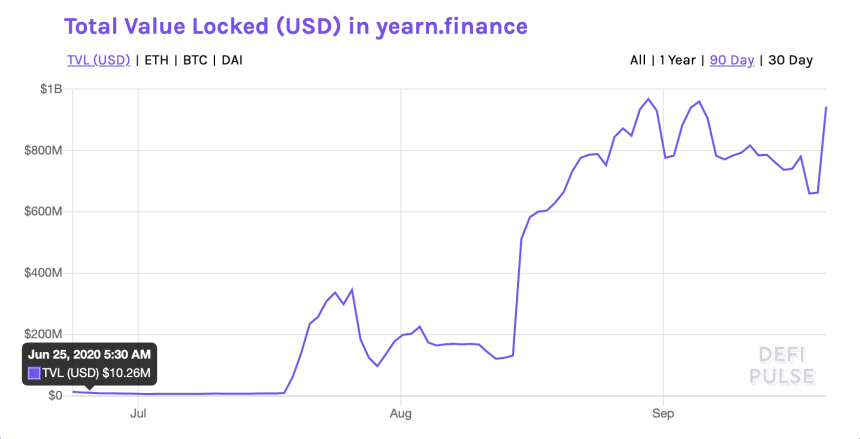Ethereum is struggling to recover above the $345 and $350 resistance levels against the US Dollar. ETH price is likely to…
Ethereum Price Action Suggest More Downsides Below $330: Here’s Why


Ethereum is struggling to recover above the $345 and $350 resistance levels against the US Dollar. ETH price is likely to…

UNI logged a rollercoaster opening session last week after rising by almost 2800 percent in just less than 24 hours. The…

It’s been a tough past few days for the crypto market, especially for Ethereum-based coins. From their recent highs, most decentralized…

Currently, Bitcoin traders are overall net long. But talk of a second wave has memories of March’s flash crash fresh on…

It is day six and YFI has not stopped falling from its all-time high above $44,000. The Yearn Finance’s governance token…

Cryptocurrency price predictions presented by buyucoin on weekly based in INR, such as Bitcoin ( BTC), Ethereum ( ETH), Ripple ( XRP), Litecoin ( LTC), and Bitcoin Cash ( BCH). Our technical analytics trading experts will guide you, how should your trading plan be for the coming week? Bitcoin Price Prediction 14th to 19th Sep…